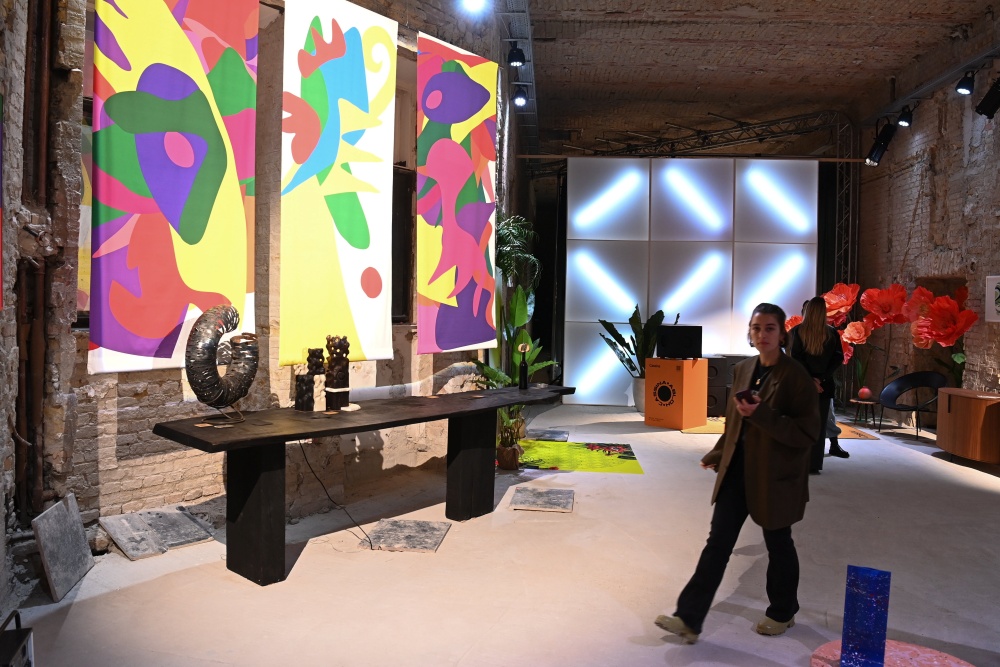
The exhibition is open until Sunday at the Adria Palace.Continue reading

On October 18, the Museum of Ethnography opened a new temporary exhibition entitled Charm of Seoul-What we wear, where we live. Selected from the collection of the Seoul Museum of History, the exhibition explores the history and modern daily life of the South Korean capital through the changing culture of dresses and housing, among other things.
The exhibition at the Seoul History Museum in Budapest presents the values and symbols that permeate Korean daily life and festivities, as well as society, through subtle patterns and variations in clothing and home interiors. Each garment reflects not only the traditions of Seoul, the status, education, age, and gender of the wearer, but also the fate and everyday life of the people who live there, reports Magyar Nemzet.
Gábor Vilhelm, curator of the Museum of Ethnography, highlighted that the exhibition
features 250 objects and countless photographs that showcase the South Korean capital, going back 100 years.

Photo via MTI/Szigetváry Zsolt
In the four rooms of the exhibition, visitors can see historical costumes in the first room, women’s and men’s clothes in the second room, modern costumes and living spaces in the third room, and the exterior and interior of traditional houses in Seoul in the fourth room.
At the opening of the exhibition,
Minister of Culture and Innovation János Csák said that the Budapest exhibition is only the beginning of the process of raising our cultural relations to the same level as our economic relations.
He pointed out that next year the Hungarian National Dance Ensemble will perform in Korea on a three-week tour. This will allow Koreans to get to know the Hungarian visual mother tongue as well as the singing and dancing mother tongue.
Lee Hyun-jin, curator of the Seoul Museum of History, spoke about Seoul, referring to it as the ‘white city.’ He stressed that during the Joseon Dynasty, the color white was the general dress code for the common people: they usually wore white in everyday life, and colorful clothes for festivals. However, the royal family, aristocrats, government officials, courtesans, and shamans wore a variety of colors. The curator presented a 19th century ceremonial dress decorated with a pheasant pattern, worn by female members of the royal family during the Joseon Dynasty on important occasions, such as marriage ceremonies.
Visitors will also be able to see the hanok, a building made in traditional Korean technique and style, created in harmony with nature and the environment.
Due to its advantages, it is still used in Korea today, although apartments in modern buildings are now the most common form of housing rather than houses. The exhibition, on display until February 18, 2024, explores the difference between male and female spaces, in addition to the structural interest of the buildings.
Via Magyar Nemzet, Featured image via MTI/Szigetváry Zsolt